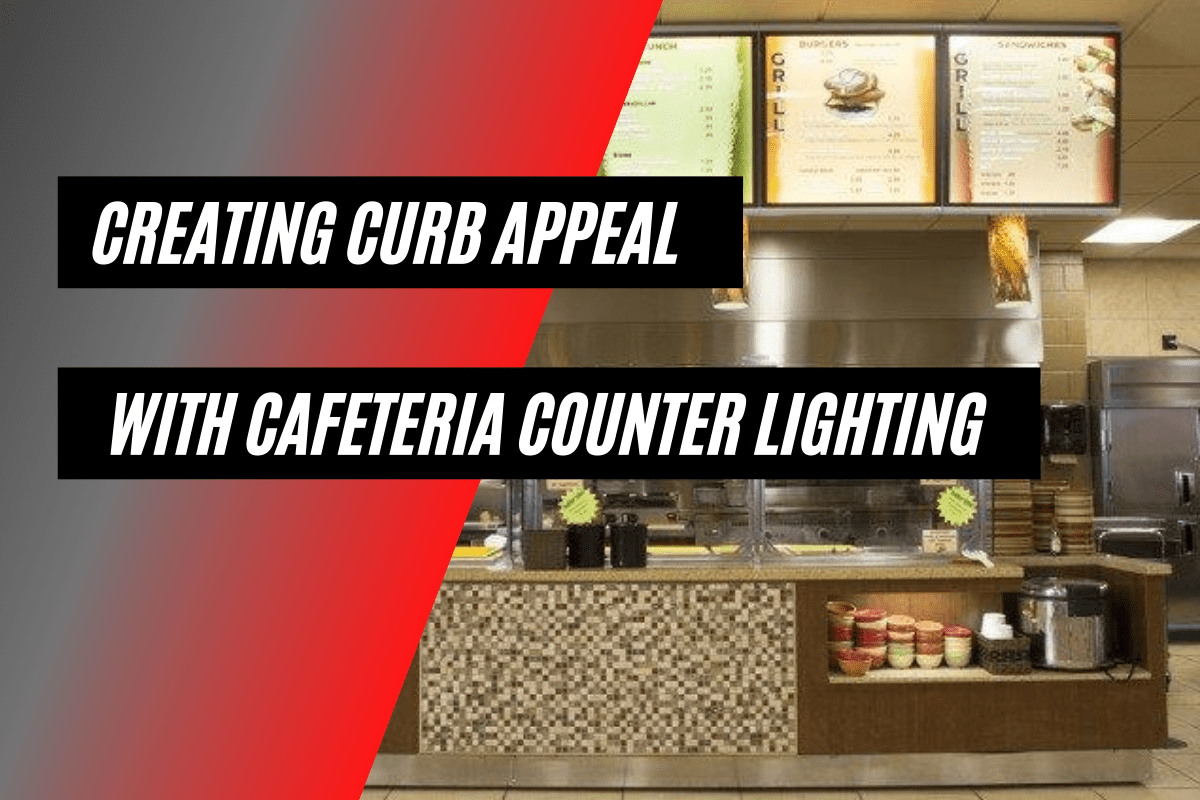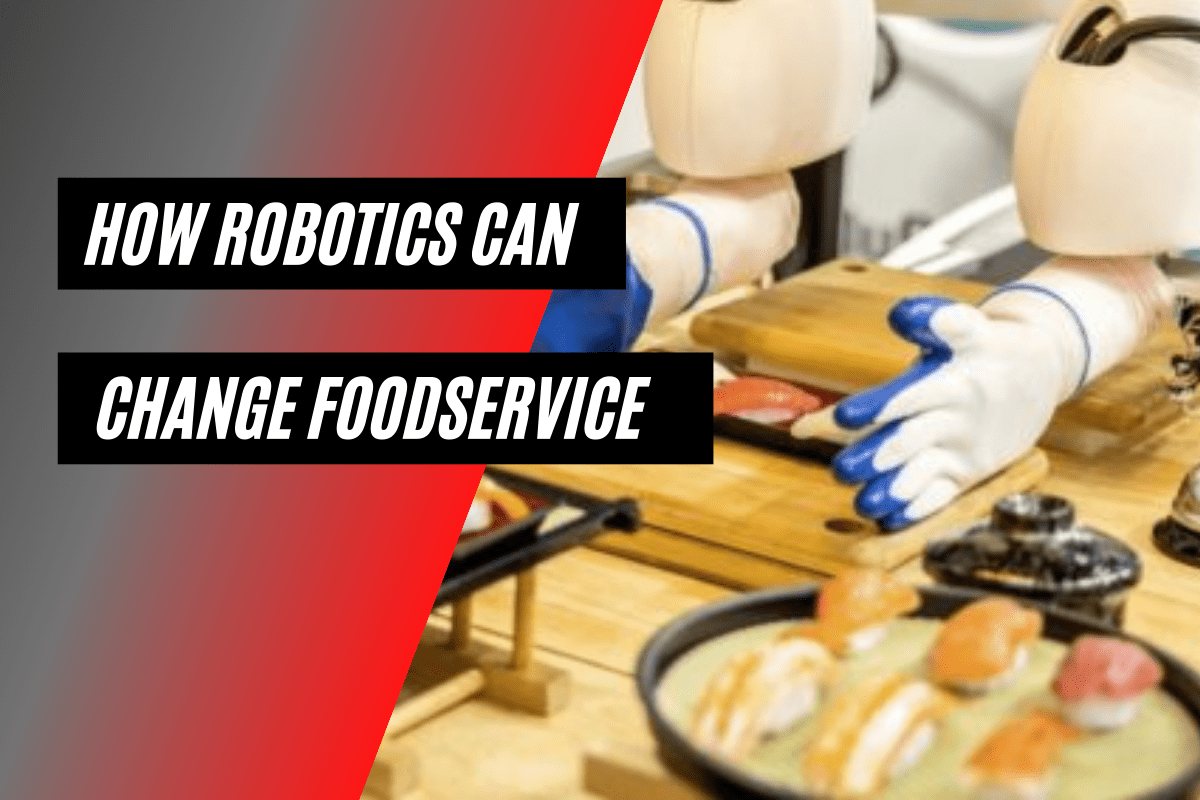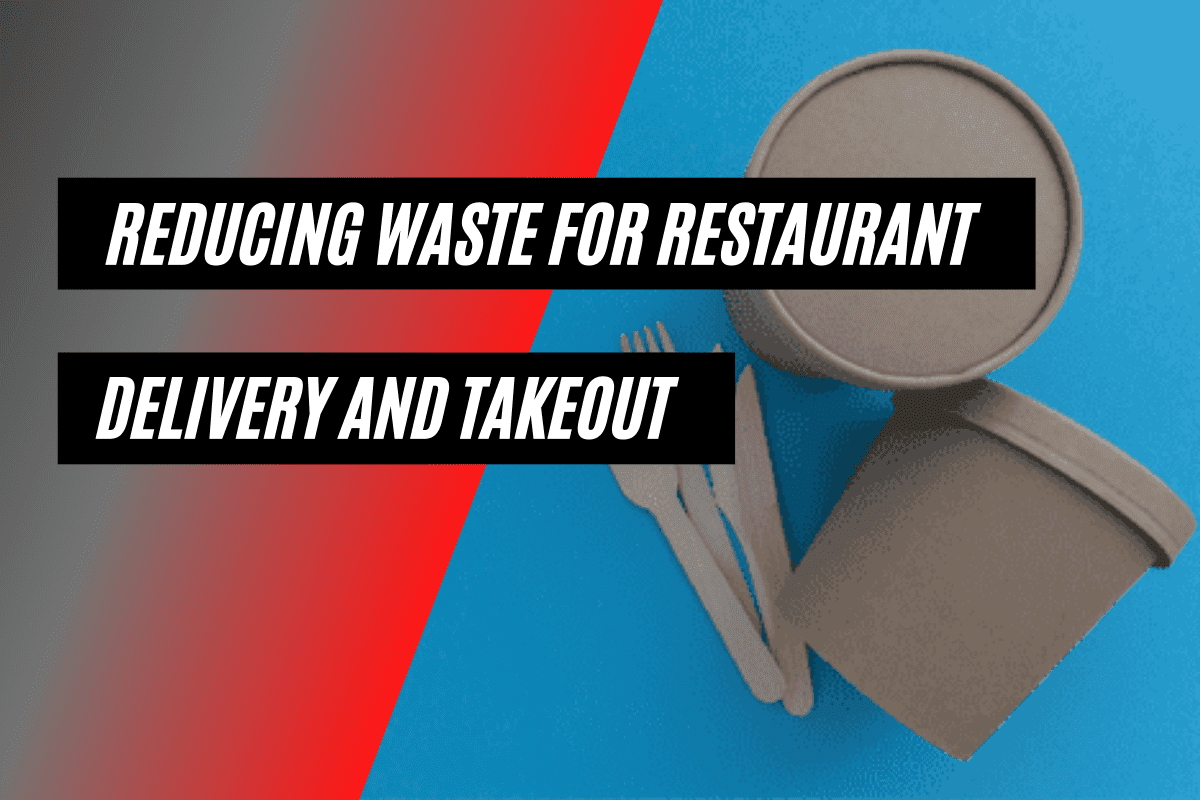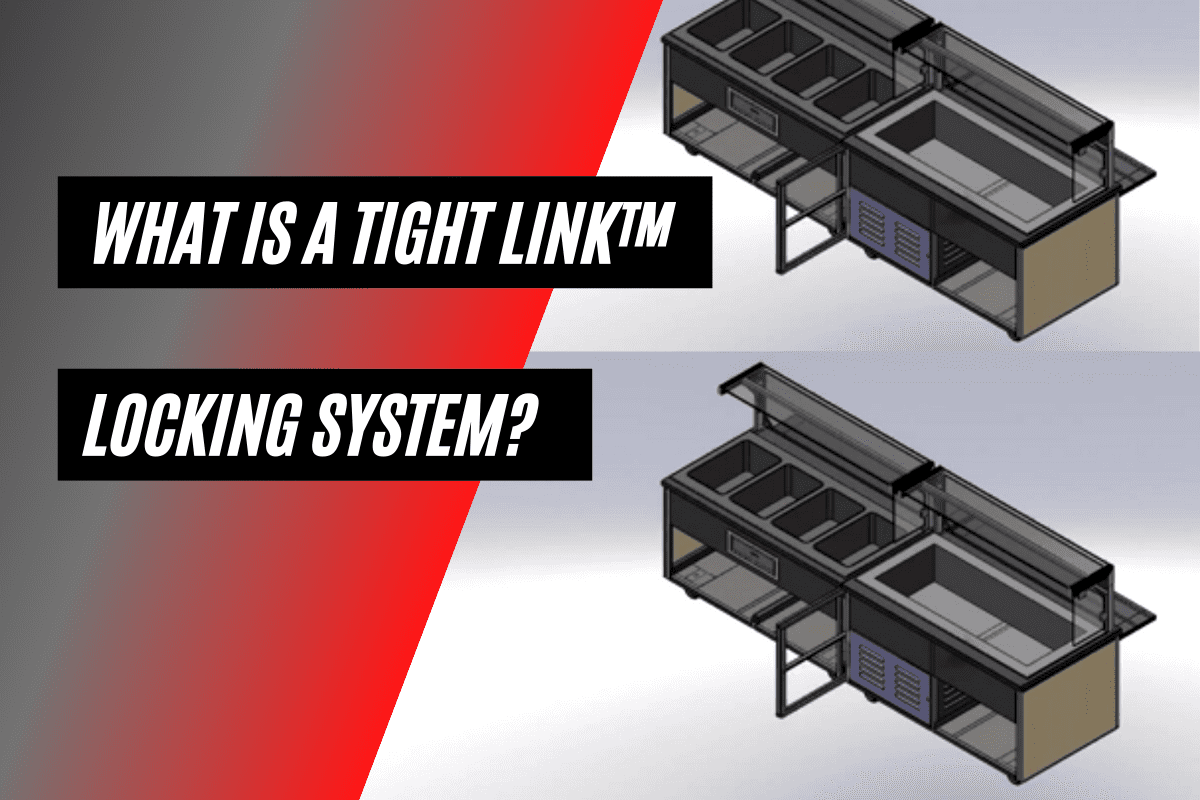While the COVID-19 pandemic has wreaked havoc on educational instruction throughout the world, cafeteria foodservice disruptions have also skyrocketed. The days of serving school children lunch in the cafeteria are now replaced with deliveries to individual classrooms. This new lunch schedule is difficult on staff as many school kitchens aren't outfitted with the proper equipment for lunch deliveries.
The foodservice dilemma
With children returning to school in person, one of the many dilemmas facing administrators is how to safely feed them. The CDC recommends children eat meals outdoors or in classrooms while social distancing instead of in a communal dining hall. While the guidance is valid, it's easy to see the strain it puts on an already stressed-out foodservice staff.
In addition to delivering meals, staff is encouraged to plate individual meals or provide prepackaged ones. Gone are the days of salad bars and other self-service stations. Now, along with disposable utensils and gloves, cafeteria staff need to be cognizant about their own cleaning and sanitizing habits while providing a safe environment for fellow coworkers, students, and teachers.
The financial burdens
School lunch programs were already pretty taxed even before the pandemic. The USDA reports that around 97% of costs are covered by revenues, but that means that most school foodservice programs operate at a small deficit or just break even. To make matters even worse, additional costs need to be factored in this year for protective gear for staff (masks, gloves, cleaning, and disinfecting supplies). Additional packaging also increases costs — whether staff are feeding kids in school or still providing breakfasts and lunches while classes are virtual.
Delivering food to individual classrooms may also require more money. If cafeteria staff do not have the appropriate carts to transport the food, it can waste time and reduce the quality of the breakfasts and lunches served.
The solution
Luckily, there is a solution. Classroom meal delivery carts are a cost-effective and efficient way to get meals into the classrooms, and Lakeside offers carts for a variety of needs. Thermal bags or coolers allow food to remain at the proper temperature and permit ease of movement down hallways and back to the cafeteria in limited trips. Let's take a look at an example.
The Clermont School raised concerns about making their food deliveries more efficient. They felt that going from the kitchen to the classroom several times per service wasn't the best way to use their staff's time or to promote the quality of lunches. With the help of the foodservice delivery carts from Lakeside, they were able to reduce their amount of trips back and forth from 13 to three. With the lunch rush going smoothly, they implemented the easy-tow carts for breakfast too. The staff reported delivery was much more efficient and their own time management improved because of the new equipment.
The Clermont School is just one of many that needed to find a solution to this new food distribution problem. They immediately saw results and found that transporting food with the proper equipment makes for a more streamlined approach that benefits both students and staff.
The COVID-19 pandemic threw a wrinkle into school food service plans. From dealing with additional guidelines and protective gear to serving lunches in classrooms, cafeteria staff had to roll with the punches and figure out ways to manage their time, all while delivering quality meals. Adding a Lakeside delivery cart to your daily routine will help cut down on trips from kitchen to classroom.
If you’re looking to ease up your school breakfast or lunch routine, contact us for more information about our carts and how we can help you.




